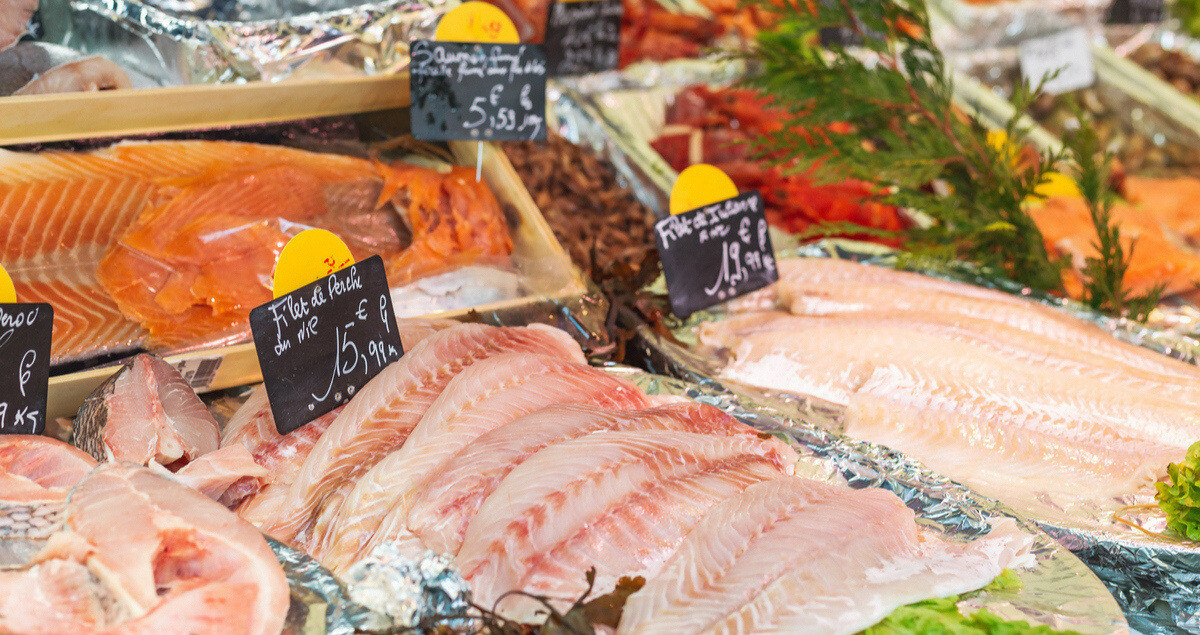Why the world needs the cold chain more than ever before

The business of keeping things cool is heating up fast. An ever-increasing need for tighter management of food safety and greater transparency, alongside growing concern about food waste, has seen cold-chain storage and delivery boom.
Temperature-controlled supply chains reach around the globe, transporting products including perishable food, beverages, and medical supplies to international markets.
With increased free trade and the expansion of the global organized retail food industry, the sector has flourished.
Market analysis predicts the global cold-chain industry will grow 17.9% a year by 2026, reaching more than $585 billion, with Asia-Pacific accounting for the bulk of this growth. Rising incomes in the emerging markets of Asia and other regions have increased cold-chain investments and opportunities as consumers seek higher-quality, fresh or organic produce.
In addition to this existing growth trend, the coronavirus pandemic is increasing demand for refrigerated trucks to transport perishable goods, while it is also likely to create an urgent future need to move vaccines around the world at controlled temperatures. This presents a challenge for cold-chain suppliers and operators aiming to make the sector as energy-efficient and environmentally friendly as possible.
Stepping into the unknown
The current crisis has, of course, created challenges. There is no blueprint for dealing with the impact of lockdown restrictions on cold chains, which have thrown panic buying, business closures, and social distancing rules into the mix. Supply chains of all sizes have had to respond quickly to sudden demand shocks: a step into the unknown for some operators.

Spikes in retail food and beverage sales, together with growing demand for goods like medical supplies and protective equipment, were met by falling demand from other parts of the economy.
With many food factory doors temporarily closed, the virus response disrupted both long-haul and local deliveries, as customer buying habits changed and fresh food orders from hotels, restaurants, and cafes largely dried up. This left wholesalers holding warehouses full of perishable goods.
In the face of these new challenges, the cold chain has been indispensable in maintaining a vital flow of refrigerated goods.
Keeping it cool
Beyond these immediate needs, refrigerated transport will continue to be critical in the development and distribution of vaccines.
As of July 2020 there were 38 COVID-19 vaccine candidates in the development pipeline. If and when one is successfully developed and made available, billions of doses will need to be manufactured at scale and quickly distributed around the world.
Most vaccines need to be transported and stored at a constant temperature, from leaving the manufacturer to arrival at a medical facility or laboratory. Exposure to excess heat or freezing temperatures can result in lost potency, meaning the vaccine must be discarded. The same controls apply to the raw materials used to produce vaccines.
This is where the cold chain’s role becomes vital. The latest transport refrigeration units, such as the award-winning plug-in hybrid system from Mitsubishi Heavy Industries Thermal Systems, are manufactured to keep the cargo hold temperature constant, even when the vehicle is parked or stationary with its engine idling. The system switches automatically between plug-in charging, alternator power and battery power, and between three power modes, to ensure the required temperature is maintained without relying on the driver.
More reliable refrigeration units can maintain consistently cool temperatures, with greater energy efficiency. As well as cutting CO2 emissions, these units use up to 54% less energy compared to conventional refrigeration units, which will be important in the event units are required to be in operation around the clock. They also reduce food waste, which in turn saves the energy used to produce wasted food and generates fewer emissions.
Most modern cold-chain equipment conforms to the United Nations’ ATP agreement, which promotes safety and best practice in transporting perishable foodstuffs internationally by harmonizing the rules and regulations that apply to refrigerated transport.
Although there is no unified global system for transporting medicines, cold-chain suppliers and operators must comply with good distribution practice guidelines to ensure the quality and integrity of medicines are maintained.
Reaching out
If mass distribution and storage of temperature-sensitive vaccines pose a challenge in developed economies, with solid energy infrastructure and consistent power supply to maintain storage temperature, there are additional challenges when dealing with poorer and less developed parts of the world.

Remote communities in such places are not only harder to reach, they may have limited access to the energy infrastructure vital for preserving vaccine vials.
Technology can produce solar-powered cold-chain equipment and vaccine refrigerators that can overcome spikes in electricity, allowing some off-grid communities to store vaccines. But the cold-chain systems in some low- and middle-income countries are inadequate, and in some cases non-existent. Attempting to address this issue, international organizations such as Gavi are making efforts to strengthen vaccine cold-chain systems in many developing nations.
From remote communities to bustling cities, the need for efficient, transparent, and reliable cold-chain distribution and storage has never been more vital.
As well as keeping the supply of essential goods flowing, the sector is helping to improve food security and cut down waste, while also enabling medical supplies to reach their destination safely.
Learn more about MTH’s global network





